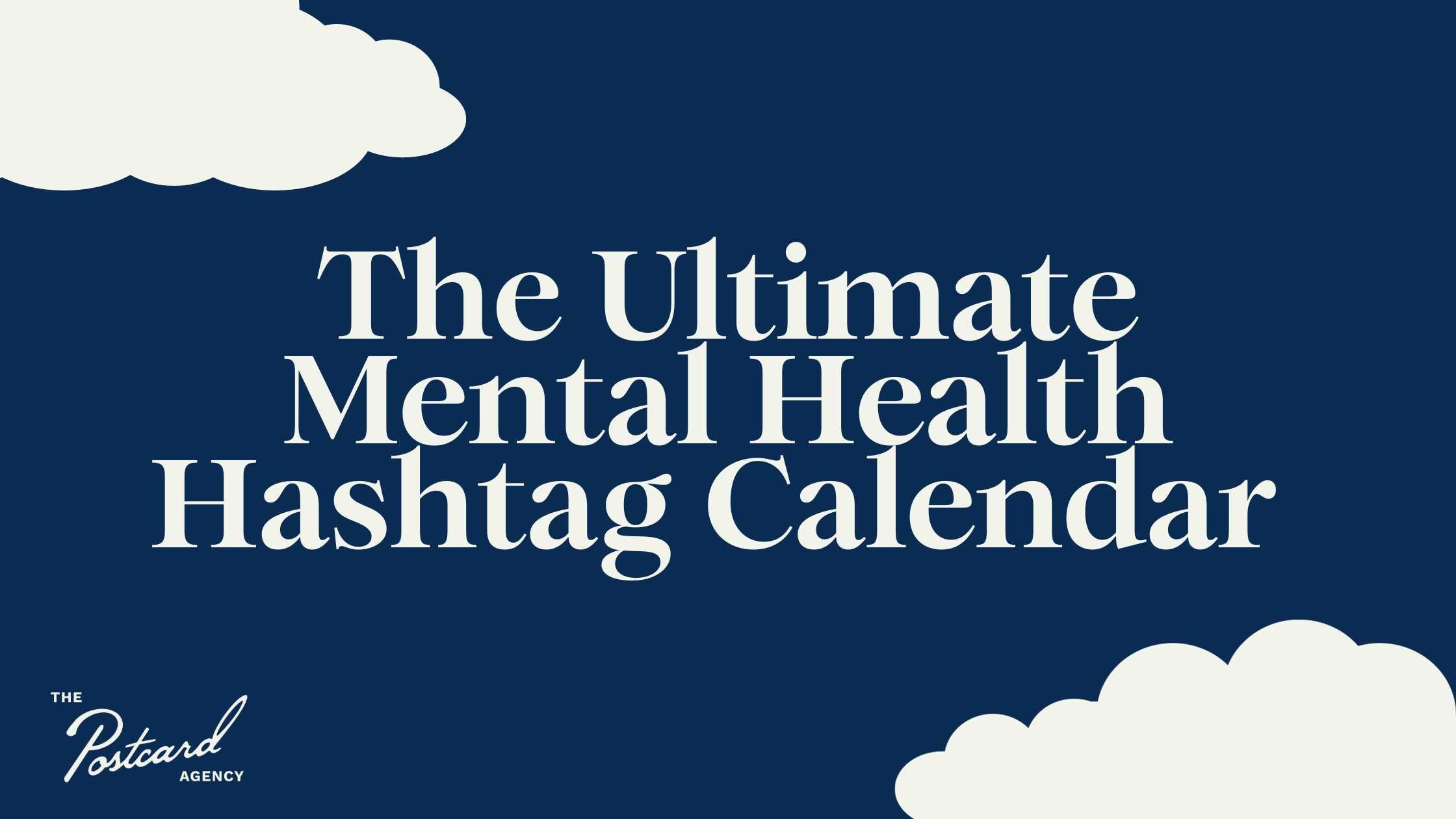Recession-Proof Businesses Adapt Their Brands To Thrive In Any Situation
Build Trust and Maintain Relevance During Crises & Economic Downturns with These Branding Tips.
When health, political and economic crises take place, people’s spending habits change. The coronavirus pandemic clearly illustrated how consumers adjusted their shopping styles and behaviors in response to unforeseen events. People stopped eating out, attending events and taking vacations, among several other activities.
Chances are these lifestyle shifts are still impacting your business’ bottom line. Even recession-proof businesses closed their doors or laid off employees in hopes of riding the waves.
In order to survive and reclaim your financial foothold, your business must adapt to these changes in consumer behavior. Recession-proof businesses are like chameleons. They adjust operational policies, reevaluate customer service experiences, launch creative marketing campaigns, streamline their finances and more to make strong comebacks.
Some owners even reposition or rebrand their businesses to reconnect with their audiences, build trust and affirm their relevance in times of uncertainty.
Repositioning or rebranding your business sounds like a lot of work, right? It usually is, but when times are tough, all you need is a little strategizing, elbow grease and free marketing and public relations tools to make it happen.
Read on to learn how you can revitalize your brand to build trust with customers new and old. With a smart brand refresh or repositioning, you can show them you really care about their needs in this new economic landscape.
Recession-Proof Businesses Know Their Target Audiences
Regardless of your industry or financial situation, you can join the ranks of recession-proof businesses by maintaining a smart and relevant brand. This goes for mom-and-pop shops, small businesses and nonprofit organizations alike.
Before you evaluate your branding strategy, however, you must understand everything you can about your target audience. Ask yourself the following questions to help you get started:
- Who was my target audience before this challenge?
- How has this challenge impacted my original target audience and their purchasing behaviors?
- Should I consider targeting new audiences in these new times of economic uncertainty?
- What do my audiences truly care about and how can my business best serve these needs?

Who is your target audience? Create audience profiles to get a stronger understanding of your ideal customers. Ask yourself questions like, “What do my customers enjoy doing during their free time?” or “How can my business better serve my customers while they’re working from home?”
Once you have a strong grasp of your target audience’s behaviors and needs—and how your business or organization can fulfill them—you can then implement your new operational and customer service strategies. Then, you can inform your audiences of these new approaches through marketing and public relations campaigns. You can also make minor brand adjustments to reflect any major shifts in your business’s plans.
Reposition Your Brand to Convey Your New Business Approach
Now that you know your audience inside and out, you can reposition your brand. In essence, this means altering the way you present your product or services to better meet your customers’ needs. You can do this by revisiting your business plan and identifying ways to address new desires.
For example, if you’re a dine-in restaurant, you may consider launching a new and improved takeout menu. You may also consider offering streamlined ordering and delivery capabilities by partnering with apps like GrubHub and Postmates.
Once you understand how to complement your customers’ behavioral changes, you can then adjust your brand messaging to communicate your recession-proof business’ brilliant approach.

Do you and your employees volunteer in the community? If so, incorporate your social responsibility efforts into your brand messaging.
Here are some essential items to keep in mind when reworking your brand messaging:
- When people are worried about their health and finances, they want to feel safe and secure. Choose words and phrases that speak to the qualities people want right now when reworking your brand messaging. Sample phrases include “We have your back” and “We’re here for you 24/7.”
- Have you been in business for a long time? Emphasize that point. Running a successful business for several years demonstrates your longevity—a trait admired by consumers seeking dependability and trustworthiness.
- Do you give back to the community? Share the fact that you and your employees volunteer at nonprofits. Let your audience know when your business participates in a fundraiser. These behaviors reveal your social responsibility. Customers associate these actions with kindness, caring and optimism.
- Update your homepage, about page and services webpages to reflect your new and improved brand messaging. Make sure to update your tagline and mission statement as well across all marketing channels, including your social media platforms.
Refresh Your Brand Identity to Match Your Business’s Personality
An effective brand speaks to target audiences’ psychological and emotional needs. After repositioning your brand and messaging, it’s time to create a brand identity to match. Basically, this means reworking your brand’s personality. Here’s how:
Change Your Brand Colors
Are your brand’s colors too harsh? Consider softening them to appeal to your target audience. Why? Colors are proven to evoke a variety of powerful emotions. Consumers associate a business’ brand colors with its attributes, so make your brand colors work in your favor.
- In times of economic uncertainty, your audience may respond better to colors that make them feel safe and secure. Blue is a calming color associated with effective communication and trustworthiness. Green evokes a sense of vitality, prestige and wealth. Recession-proof businesses gravitate toward these colors to build consumer confidence.
- While sleek and sophisticated, colors like black and silver may evoke a sense of detachment due to their formal and luxurious nature. If your brand seems too high-end, customers may think they can’t afford to work with you.
- Avoid using shades of red as your core brand color. Although they’re energetic and exciting, they can cause people to feel even more cautious and anxious.
Once you confirm your new color palette, you need to incorporate it across your marketing channels. Fortunately, you have cost-effective options. Rather than creating a new logo, for example, you can use free photo editing software to change your logo’s color in seconds. Instead of redesigning your entire website to reflect your new brand persona, simply change your background colors.
Choose New Fonts
Similar to your brand color palette, your brand fonts reflect your business’ personality traits as well. If you run a law, accounting or professional services firm, you probably want to use a serif font. Classic serif fonts like Times New Roman, Garamond and Lora exude a sense of tradition and trustworthiness.
If you own a restaurant, hotel, gym or real estate firm, you may consider modern and minimal sans-serif fonts. Examples include Roboto, Open Sans and our personal favorite font, Lato.
Remember, recession-proof businesses know how and when to be sensible. Whatever font you choose, make sure it’s easy to read. You also want to make sure your website can display the font properly.
Pick New Imagery
The images you include on your website, social media channels, email newsletters and ads also impact the way people perceive your brand. If your target audiences lost lots of money as a result of coronavirus and its economic impacts, stay away from photos of people driving expensive sports cars or carrying designer bags. These photos may turn customers away. You need to be sensitive to their emotions.
Instead, consider photos of people cooking at home or walking in the park. These enjoyable activities evoke happiness and togetherness, and they require little to no spending. Again, this all depends on what industry you’re in and who your target audiences are, so take these suggestions with a grain of salt.
Recession-Proof Businesses Take Action, Especially In Response To Coronavirus
You now have several tips to reinvent your business’ brand without spending too much money on overhead costs or expensive marketing and PR agencies. Before you revisit your brand, it’s important to make sure you really understand your target audience. Skipping this critical step will render your rebranding efforts worthless.
If you need help with your brand messaging or identity, feel free to reach out to us. We’ve assisted businesses and nonprofit organizations of all sizes nationwide. As a result, they have seen dramatic increases in web leads, organic search traffic, email opens and clicks, and social media engagement.
Last but not least, keep up the great work and hang in there! As a fellow small business, we know how challenging it can be when the economy takes a negative turn. We’re here for you. When you remain proactive and positive, your customers will be there for you, too.
Do you run a veteran-owned business? Contact us to learn how to receive 10% off all marketing and public relations services.
About The Postcard Agency
The Postcard Agency connects businesses and nonprofit organizations with their target audiences through dynamic marketing and public relations strategies. Crafty and creative, the agency reinvigorates local and national brands with imaginative and results-driven campaigns. A winner of the Gold dotCOMM Award for website design, the digital marketing and public relations agency has also been named a Top Marketing Agency and a Top B2B Company and Marketing Agency by Clutch, an acclaimed ratings and reviews platform. Jonathan Ochart, CEO of The Postcard Agency, regularly shares marketing and public relations insights for business leaders with the media, including NBC and Voyage Magazine.




